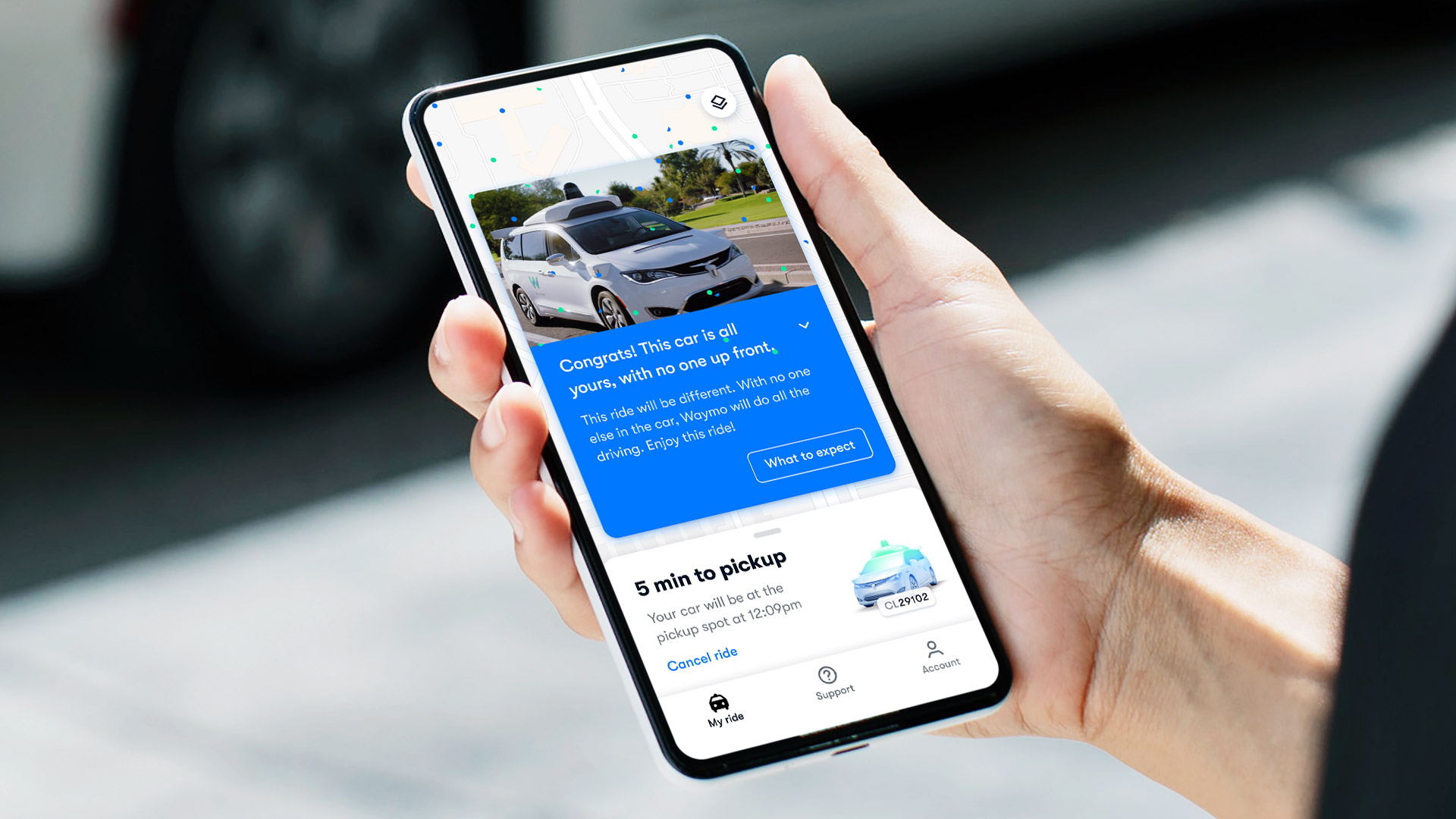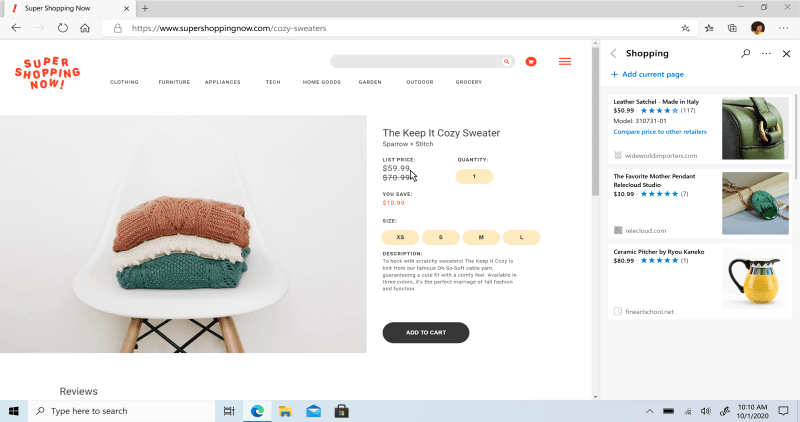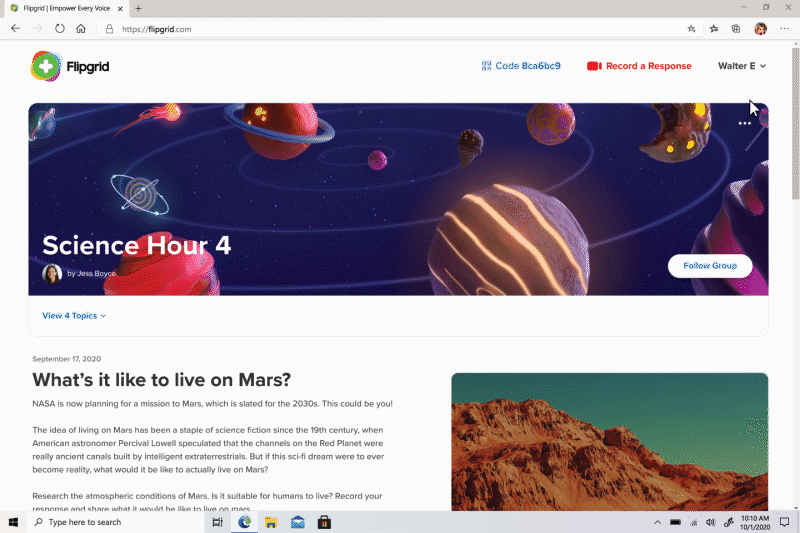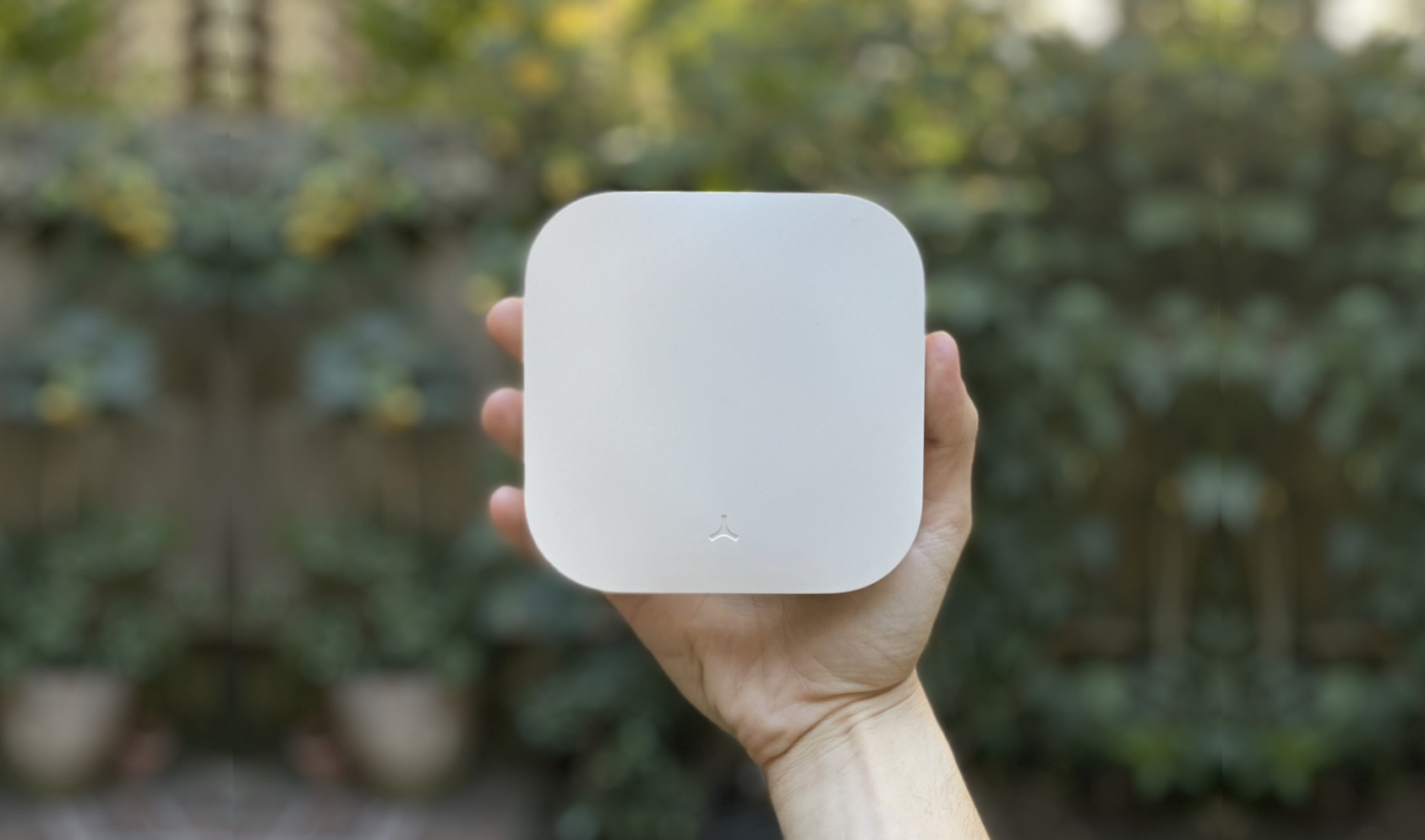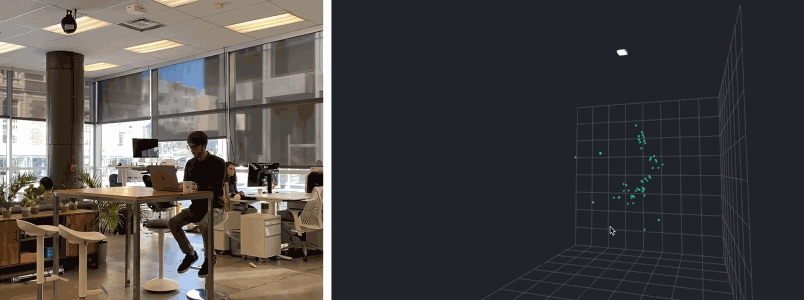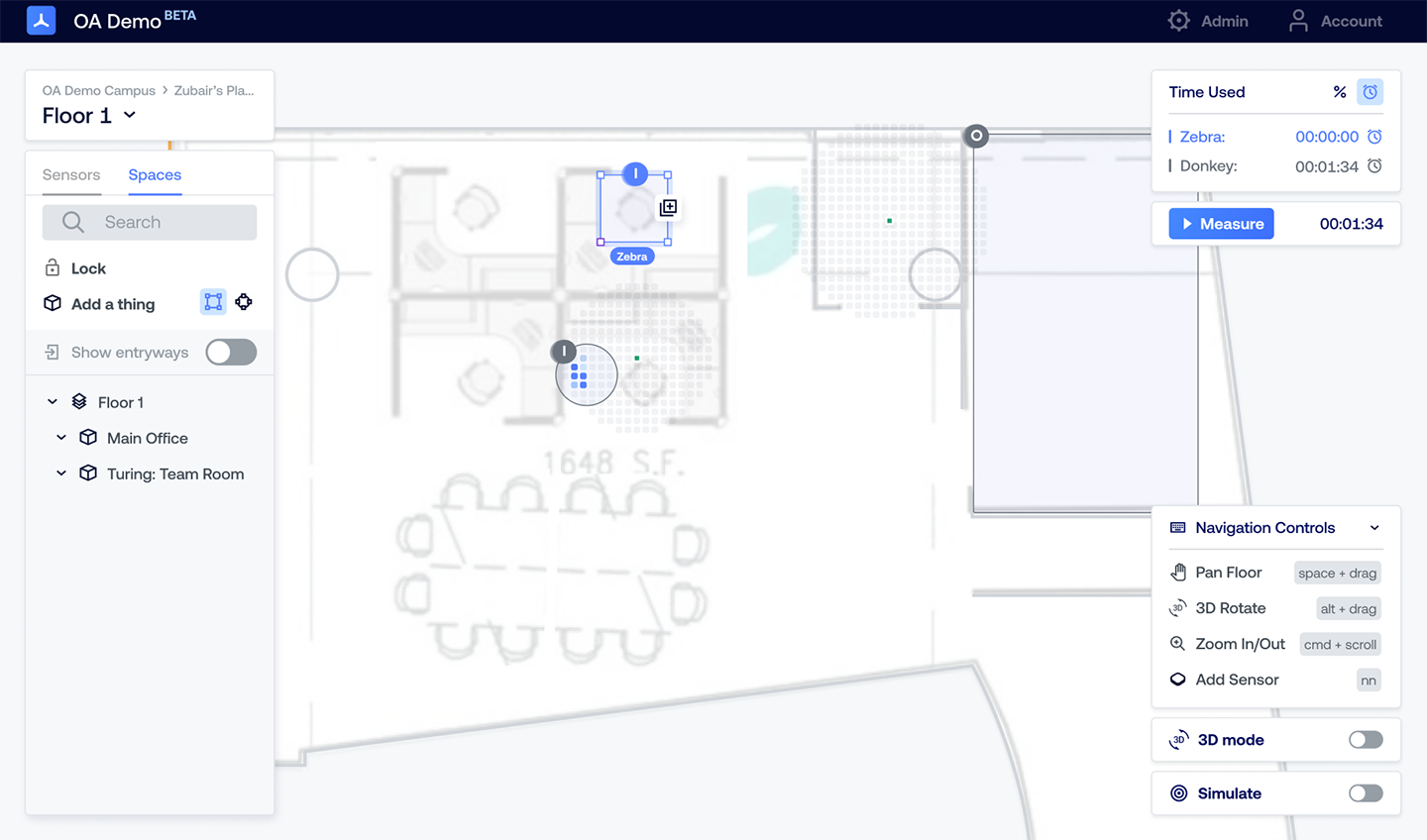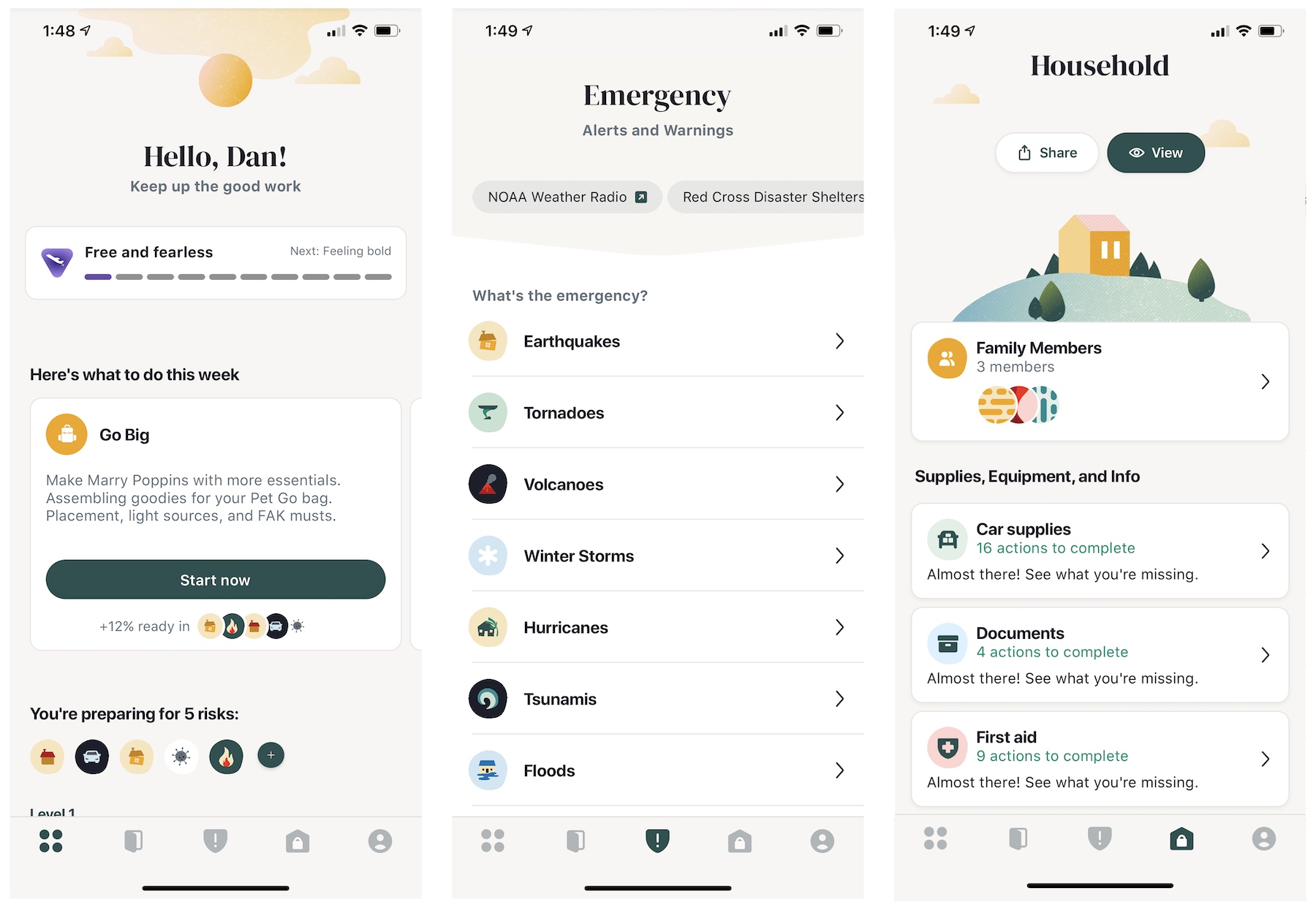News: Waymo starts to open driverless ride-hailing service to the public
Waymo, the Google self-driving-project-turned-Alphabet unit, is beginning to open up its driverless ride-hailing service to the public. The company said that starting today members of its Waymo One service will be able to take family and friends along on their fully driverless rides in the Phoenix area. Existing Waymo One members will have the first
Waymo, the Google self-driving-project-turned-Alphabet unit, is beginning to open up its driverless ride-hailing service to the public.
The company said that starting today members of its Waymo One service will be able to take family and friends along on their fully driverless rides in the Phoenix area. Existing Waymo One members will have the first access to the driverless rides — terminology that means no human behind the wheel. However, the company said that in the next several weeks more people will be welcomed directly into the service through its app, which is available on Google Play and the App Store.
Waymo said that 100% of its rides will be fully driverless — which it has deemed its “rider only” mode. That 100% claim requires a bit of unpacking. The public shouldn’t expect hundreds of Waymo-branded Chrysler Pacifica minivans — no human behind the wheel — to suddenly inundate the entire 600-plus square miles of the greater Phoenix area.
Waymo has abut 600 vehicles in its fleet. About 300 to 400 of those are in the Phoenix area. Waymo wouldn’t share exact numbers of how many of these vehicles would be dedicated to driverless rides. However, Waymo CEO John Krafcik explained to TechCrunch in a recent interview, that there will be various modes operating in the Phoenix area. Some of these will be “rider only,” while other vehicles will still have train safety operators behind the wheel. Some of the fleet will also be used for testing.
“We’re just ready from every standpoint,” Krafcik told TechCrunch. “And how do we know we’re ready? We’ve had our wonderful group of early riders, who’ve helped us hone the service, obviously not from a safety standpoint because we’ve had the confidence on the safety side for some time, but rather more for the fit of the product itself.” He added that these early riders helped the company determine if the product was “delivering satisfaction and delight for them.”
Later this year, Waymo will relaunch rides with a trained vehicle operator to add capacity and allow us to serve a larger geographical area. Krafcik said the company is in the process of adding in-vehicle barriers between the front row and rear passenger cabin for in-vehicle hygiene and safety.
Waymo operates in about 100-square-mile area. The driverless or “rider only” service area that will be offered to Waymo One members is about 50 square miles, Krafcik said.
Despite the various caveats, this is still a milestone — one of many the company has achieved in the past decade. The past five years has been particularly packed, starting with Steve Mahan, who is legally blind, taking the “first: driverless ride in the company’s Firefly prototype on Austin’s city streets in 2015. More than a dozen journalists experienced driverless rides in 2017 on a closed course at Waymo’s testing facility in Castle; and. Then last November, TechCrunch took one of the first driverless rides in Waymo Pacifica minivan along the public streets of a Phoenix suburb.
The company scaled its commercial product even as these demos and testing continued. In 2017, Waymo launched its early rider program, which let vetted members of the public, who had signed non-disclosure agreements, hail its self-driving cars in the Phoenix area. Those autonomous vehicles all had human safety operators behind the wheel.
Waymo then launched Waymo One, a self-driving ride-hailing service aimed for public use, no NDA strings attached. But again, those rides all had human safety operators in the drivers seat, ready to take over if needed. Waymo slowly moved its early rider program members into the more open Waymo One service. It also started experimenting with charging for rides and expanded its footprint – or geofenced service area. The Waymo One service (with human safety operators) is about 100 square miles in Phoenix suburbs like Chandler.
The first meaningful signs that Waymo was ready to put people in vehicles without human safety operators popped up last fall when members of its early rider program received an email indicating that driverless rides would soon become available.
And they did. These driverless rides were limited and free. And importantly, still fell under the early rider program, which had that extra NDA protection. Waymo did slowly scale until about 5 to 10% of its total rides in 2020 were fully driverless for its exclusive group of early riders under NDA. Then COVID-19 hit and the service was halted. The company has continued testing with its safety drivers in Arizona and California. That has raised some concerns among those workers about the dual issue of catching COVID and dealing with air quality issues caused by wildfires in California.
Waymo said it has added new safety protocols due to COVID-19, including requiring users to wear masks, having hand sanitizer in all vehicles and conducting what Krafcik described as a cabin flush — essentially a four to five increase in air volume sent through the vehicle — after every ride.
Krafcik also said Waymo will soon add the all-electric Jaguar I-Pace to the mix, first testing them on public roads and then adding the vehicles to the early rider program.

